If you are wondering whether you should get a standalone DAC or an audio interface for your sonic adventures, you’ve come to the right place.
I will explain everything from the very beginning and once you understand each concept perfectly, you’ll make the wisest decision possible for your situation.
Can an audio interface be used as a DAC?
An audio interface can be used as a DAC. Every audio interface in the world has a built-in DAC just like phones, computers, and even smart TVs. Using an audio interface as a DAC will improve the audio quality of your current setup. Furthermore, if you buy a good DAC that plays music at 24 bits, you’ll be upgrading your entire sound system to that quality.
The only catch is that you’ll be buying and paying for much more than a DAC than an audio interface, and unless you use it to record music as well, you’ll be wasting your money.
Do you want to know the full story behind the explanation of this short answer? Well, read on and enjoy!
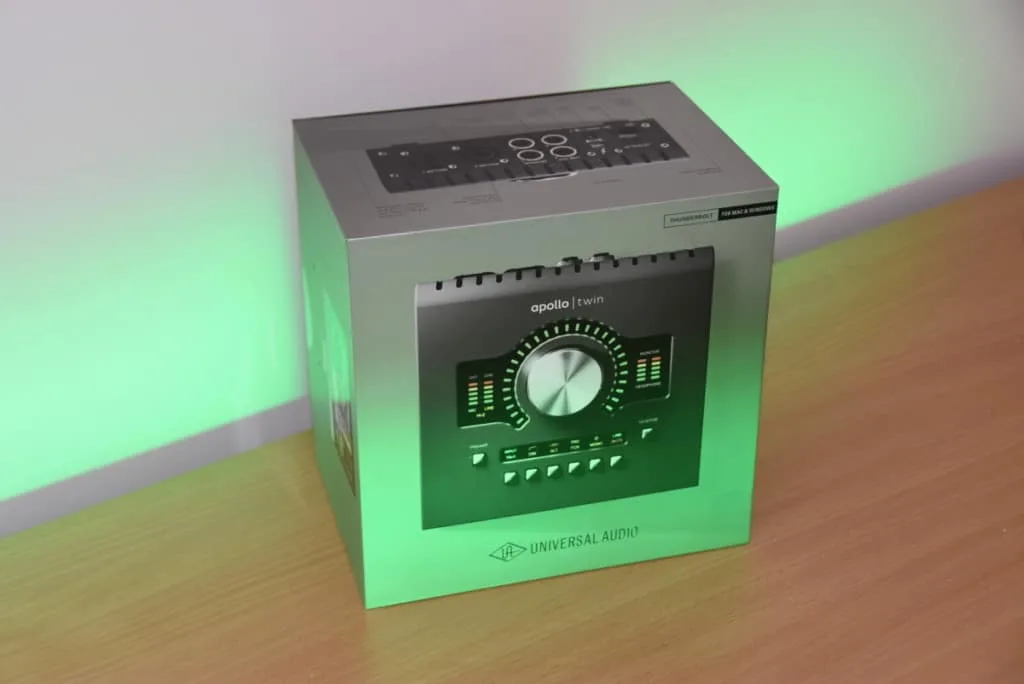
Understanding The Differences Between ADC And DAC
Let’s get started from the beginning because most of us use the term DAC but forget about its counterpart, which is ADC.
While a DAC is a Digital to Analog Converter, an ADC is an Analog to Digital Converter. This means that one is made for the way out and the other for the way in. Both of them fulfil the same mission, which is translating; and by having both at the same quality level you can achieve an all-around professional sounding studio.
Let’s go a little deeper into this difference.
ADC
Inside every audio interface in the world, you will find an ADC.
Depending on the capabilities of the ADC, the resulting sound quality of the incoming data will be. As you might know, when an analog waveform is translated to a digital environment, the curve is sampled until it can get as close as possible to the original.
If you are post-thirty like me, you remember downloading those early MP3s through Napster that had a lot of digital noise. That digital noise was the player making up for what wasn’t there (the missing parts of a curve turned into millions of squares).
The same thing happens with audio production; your audio interface translates the information coming from the microphone as close as possible to the original, infinite, analog waveform. Depending on how many samples a second it can take depends on how accurate it will be.
This is a great, super technical video to help you understand how this process works.
The way I understand it best is with the evolution of videogames. Do you remember the human figure in an 8-bit console? Let’s say Super Mario Bros for NES; that was 8-bit.
The next generation was Super NES and games like Mortal Kombat 2; that was 16-bit. Then the Play Station came along with games like Winning Eleven; that was 32-bit.
The images were getting clearer and clearer and closer to reality, to what the human eye can capture. The same thing happens with audio resolution. The better the sampling rate of the ADC, the closer it gets to reality (the better it sounds).
DAC
Once the audio is translated and we can manipulate it digitally in our DAW, we need it back into an analog waveform because guess what? Speakers don’t read the binary language, they read the analog language!
Yes, it’s like a UN meeting with interpreters per country. I know; we live in a complicated world. So, the DAC needs to do the translation and the result now depends on the quality of the information the DAC receives, and the capability it has to create a curve as close to the analog waveform as possible.
Let me give you an example of how this is done.
When we watch a movie (in whatever format) we are never watching a moving scene, but a series of snapshots played very quickly. You might have heard the term frames per second (fps); it means how many snapshots a second you have.
The lower the number, the more “unreal” it seems; the higher the number, the more similar to real life. With audio it’s the same, if you play a high-quality audio file (24 bits) through a 16-bit DAC and into a pair of state-of-the-art speakers, you’ll be losing that extra quality.
It’s like filming in 60fps and then playing it in 30fps; you’re losing 30 frames per second. Thus, in both cases, you are losing quality.
Here’s a video of Paul McGowan, CEO of PS audio explaining it to you; it’s not a common scenery for a CEO, but it is a great explanation.
So, Is An Audio Interface A DAC?
Yes, an audio interface is a DAC and also an ADC.
As manufacturers know that we are very interested in the quality of the audio going into our computers, an audio interface manufacturer will invest more in preamps for good sound and a great ADC than in the DAC itself. Your audio interface is not only a DAC but much more than that.
What Do You Want Your DAC For?
The conclusion above brings us to a very important question that will help you choose either a stand-alone DAC or an audio interface. Let’s go through some options.
A DAC For High-Quality Audio Enjoyment
Let’s say you are an audiophile and you installed in your living room a pair of state-of-the-art speakers, a gleaming Chesterfield couch, and a bunch of lava lamps to resemble the sixties.
Now you are ready to enjoy music at its best with your investment and let the night go by in bliss and excitement. Well, your audio setup will benefit a lot from a standalone DAC because it will allow you to (as we said above) get as close to the analog wave of a vinyl record as possible using a digital platform.
In this case scenario, you don’t need an audio interface because an ADC is of no use for playback only. There is only one thing you need to bear in mind which is the source.
If you are going to use a DAC to play Spotify tunes through, you are never going to achieve audio in high definition. This is because a DAC can’t add information that is not in the file. Make sure you have your music in FLAC or any other high-quality format before making the purchase.
The Audio Engine D1 is a great example of an affordable DAC that is tiny and works great.
Check out the Audio Engine D1 here on Amazon.
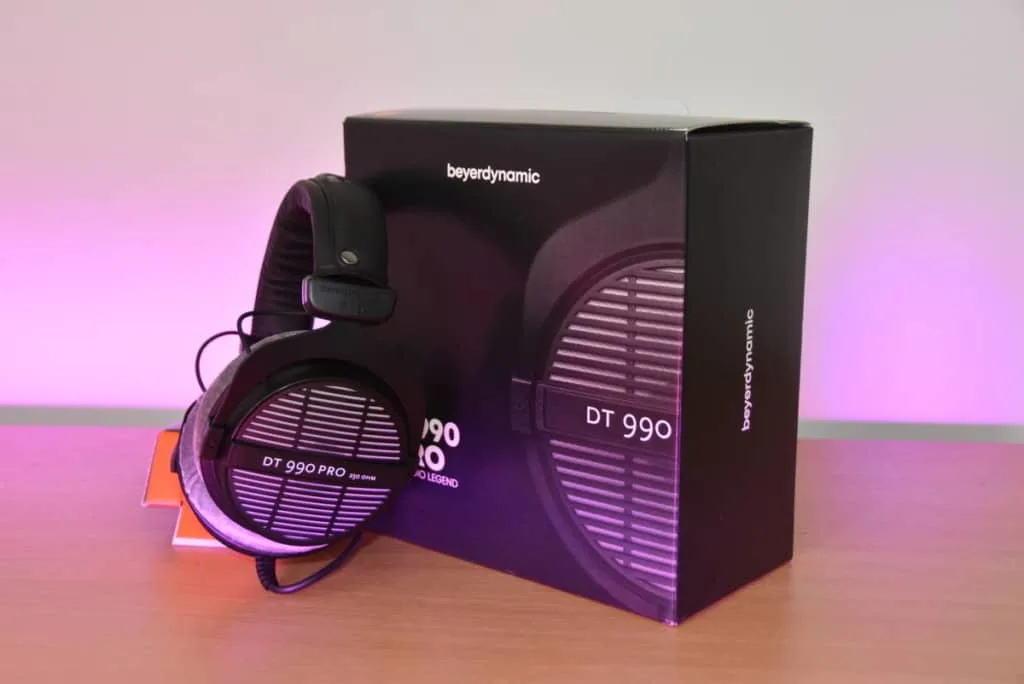
If you are going to get a DAC, get an amplifier too
Another big catch about getting a DAC for your music system is that higher impedance on the speaker means higher quality in the sound but also a drastic reduction in volume.
There is a long, very technical, and kind of boring explanation of why higher impedance units require more power to generate the same voltage (volume) than lower impedance devices that you can read here.
The basic summary of this physics phenomenon is that, for example, if I plug my Beyerdynamic DT990 Pro 600 Ohms headphones into my iPhone they will sound very tiny.
This is because my phone’s amplifier is not powerful enough to give those cans the voltage they need. What do I need in this case? Well, I need a power amplifier, so they won’t starve. The same principle applies to passive loudspeakers working at higher impedances.
If you are getting a DAC to play those high-resolution audio files, you seriously need to get an amplifier like the Drop + THX AAA 789. An amplifier will also allow you to reach a higher level of clarity with your current setup.
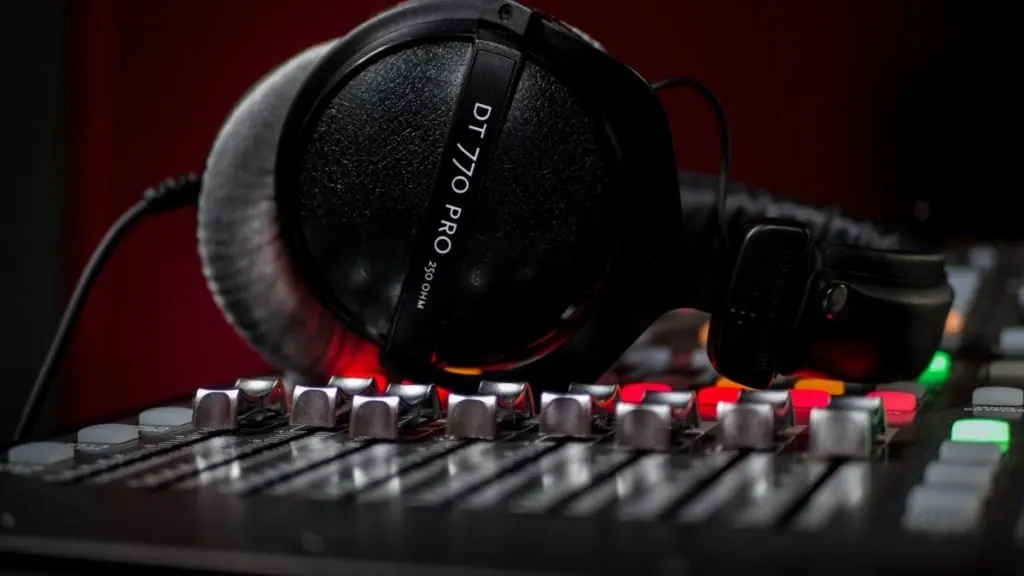
What About A DAC For The Studio?
In the case that you are the lucky owner of a home studio, then the purchase of a standalone DAC will not be enough; you need an audio interface.
What happens if you get only a DAC? Well, recording audio in 16 bits and playing it back through a 24-bit device will sound like 16-bit music, AKA, like Spotify. Don’t get me wrong, this is completely fine, but you don’t need a separate DAC to play music in 16 bits, just buy good speakers.
Furthermore, if you own a professional studio and want to get your hands on truly big, high-paying projects, you need to get a 24-bit environment. For that endeavor, a good audio interface can do wonders.
The Apollo Twin Duo is an excellent choice for this.
Check out the incredible Apollo Twin Due Here On Amazon.
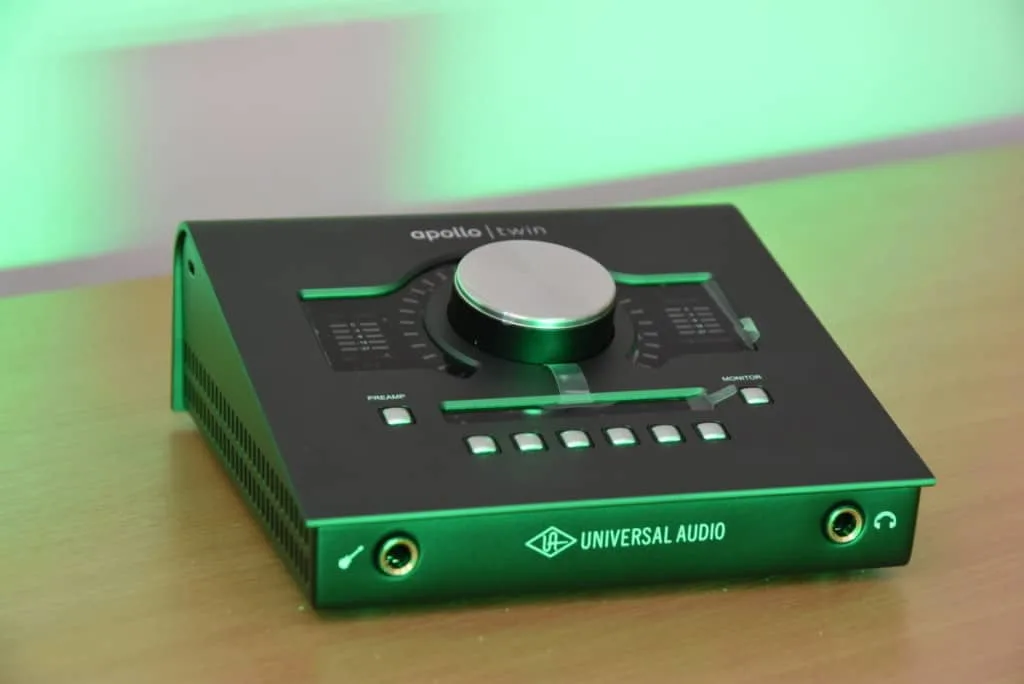
Conclusion
Buying a DAC enhances your music-playing environment and brings digital material closer to Vinyl records territory (with none of the noise or hassle).
In case you are only going to use it for music playback, I recommend you get a nice DAC and a good amplifier with a set of speakers and/or audiophile-grade headphones and enjoy the bliss of music played through them.
On the other hand, if you are thinking of recording music and playing it back, nothing beats an audio interface. You’ll get a preamp for your microphone, a state-of-the-art ADC, and also a good DAC. You can even buy it all in a bundle and save some money on the overall purchase.
Check out the Scarlett Solo interface bundle here on Amazon.
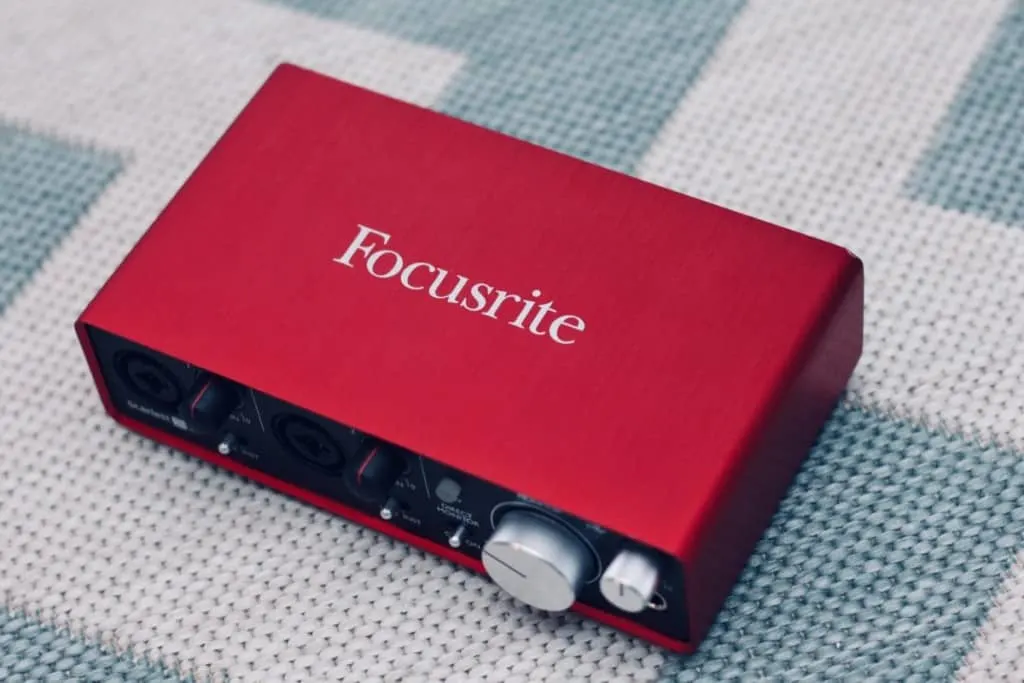
Whatever you choose, never forget to pause the day and immerse yourself in your favorite records; that’s what music is for.
Happy (high-quality) music enjoyment!
